Carb cycling is the foundation of what I do every day and with every client. I know through years of experience with many different clients that carb cycling works, so I’m going to introduce you to the basics and the five different carb cycling plans—Easy, Classic, Turbo, and Fit, and Extreme. I’m stripping it down to the basics to get you started:

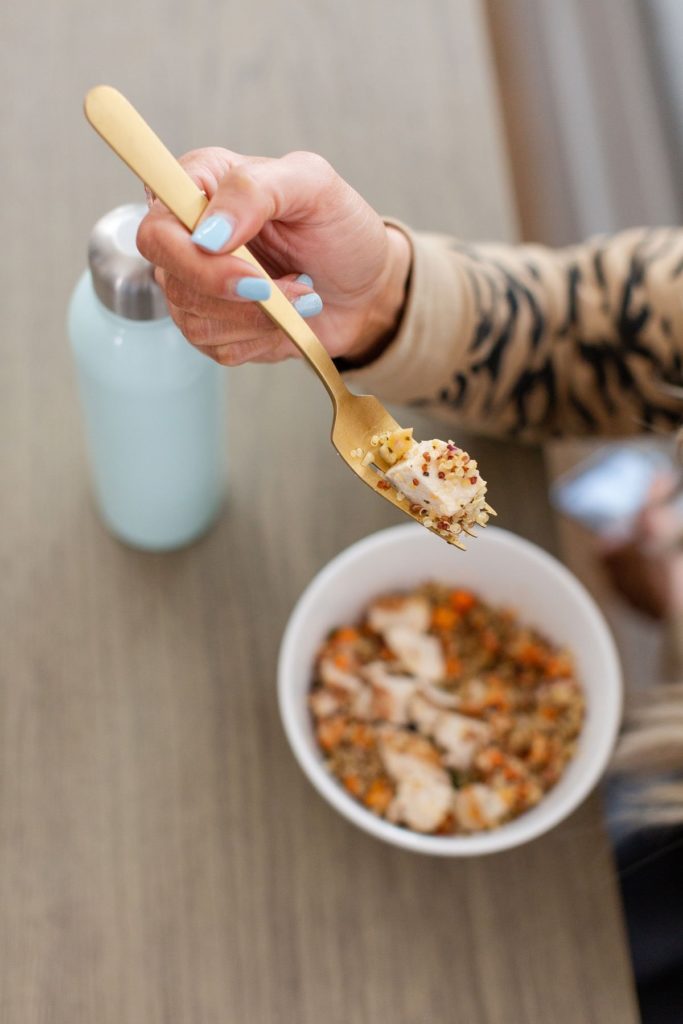
What is Carb Cycling + How Does it Work?
Carb cycling is an eating plan with alternating high carb and low carb days. It’s that simple. It also has built-in reward days or reward meals (depending on the plan you’re following), so you can still eat your favorite foods on a regular basis. Sounds pretty much perfect, right? You can eat healthy foods, enjoy foods you love, and still lose weight.
While each plan has a different mix of high carb and low carb days, each day works basically the same:
- Eat five meals—no more, no less.
- Eat breakfast within 60 minutes of waking or whenever your feeding window opens if you’re an intermittent faster.
- For breakfast, you’ll eat a portion of protein, carbs, and fat.
- For your next 3 meals (snack, lunch, snack), you’ll eat either a low or high carb meal depending on which day you’re on. So, if you’re on a low carb day, those three meals will be low carb. If you’re on a high carb day, those three meals will be high carb.
- Your last meal of the day will ALWAYS be a low carb meal. Always.
- Choose approved foods.
- Drink ½ your body weight in ounces of water every day. So, if you weigh 150 lbs, you’ll drink 75 ounces a day.
How Does Carb Cycling Work?
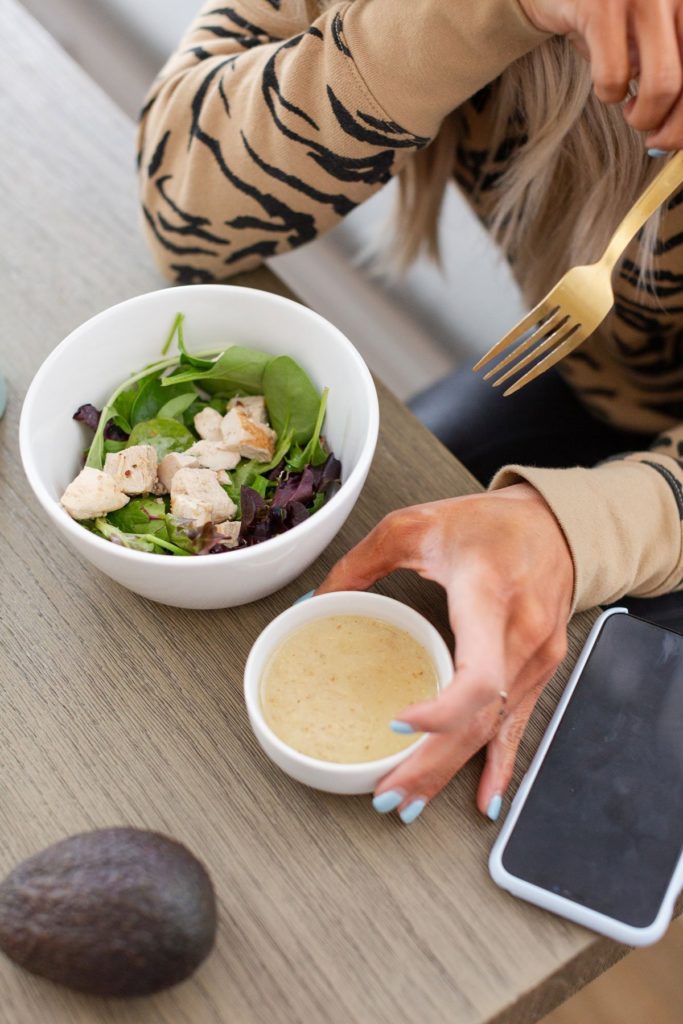

Carb cycling is based on the right combination of proteins, carbs, and healthy fats. In order to lose weight, our bodies need the right combination. Here’s why:
- Protein builds and maintains muscles and these muscles burn calories like an inferno. Protein also breaks down more slowly than carbs and fat, which burns even more calories and helps you feel fuller longer.
- Carbs are the preferred fuel source for your muscles and organs, and they come in healthy versions (vegetables, fruits, grains, and legumes), and not-so-healthy versions (cakes, cookies, soda, doughnuts, candy, and many processed foods). Healthy carbs are also crucial for burning calories, and since they break down more slowly than those not-so-healthy carbs, they keep your blood sugar and energy levels steady, and they also keep your calorie-burning furnace hot so it burns more calories!
- Healthy fats (unsaturated fats) eaten in moderation help the development and function of your eyes and brain and help prevent heart disease, stroke, depression, and arthritis. Healthy fats also help keep your energy levels steady and keep you from feeling hungry.
Why do we alternate high carb + low carb days in carb cycling?
On high carb days you’re stocking your calorie-burning furnace so that on low carb days your furnace burns fat, and lots of it! This pattern tricks your metabolism into burning a lot of calories, even on those low carb days. It’s an amazing and well-proven process.


What are the Benefits of Carb Cycling?
Carb cycling has many benefits:
- It fits any lifestyle.
- You’ll learn how to shed weight and body fat and how to make smart lifestyle choices for the rest of your life. This puts YOU in control.
- You’ll feel better and have more energy.
- You’ll eat the foods you love.
- You’ll build lean, strong muscles.
- You’ll be empowered physically, mentally, emotionally, and spiritually.
I’ve only skimmed the surface of carb cycling, so learn more about our five carb cycling plans to find your ideal cycle, and let’s get cycling!
Get even more information on carb cycling in both or our books: Extreme Transformation (the newest edition to our carb cycline lineup featuring the Extreme Cycle) and Choose More, Lose More for Life (which features our other four cycles).
If you’d like some help creating your own meals, there’s a handy “Create Your Own Meals” chart in this post! To get a customized cycle for you and your goals + several workout programs (from gym-based to bodyweight to dance) + the all-important life lessons (the key to long-term transformation), check out The Transform App.
Note: If you’ve been carb cycling using our book, Choose Lose More, Lose More for Life, you’ll notice that we’ve changed a couple of things since that book was published: You now include a fat for breakfast, and every final meal of the day is a low carb meal. Like with a lot of things in life, the more you do them, the more you learn about how to do them even better!
xo,

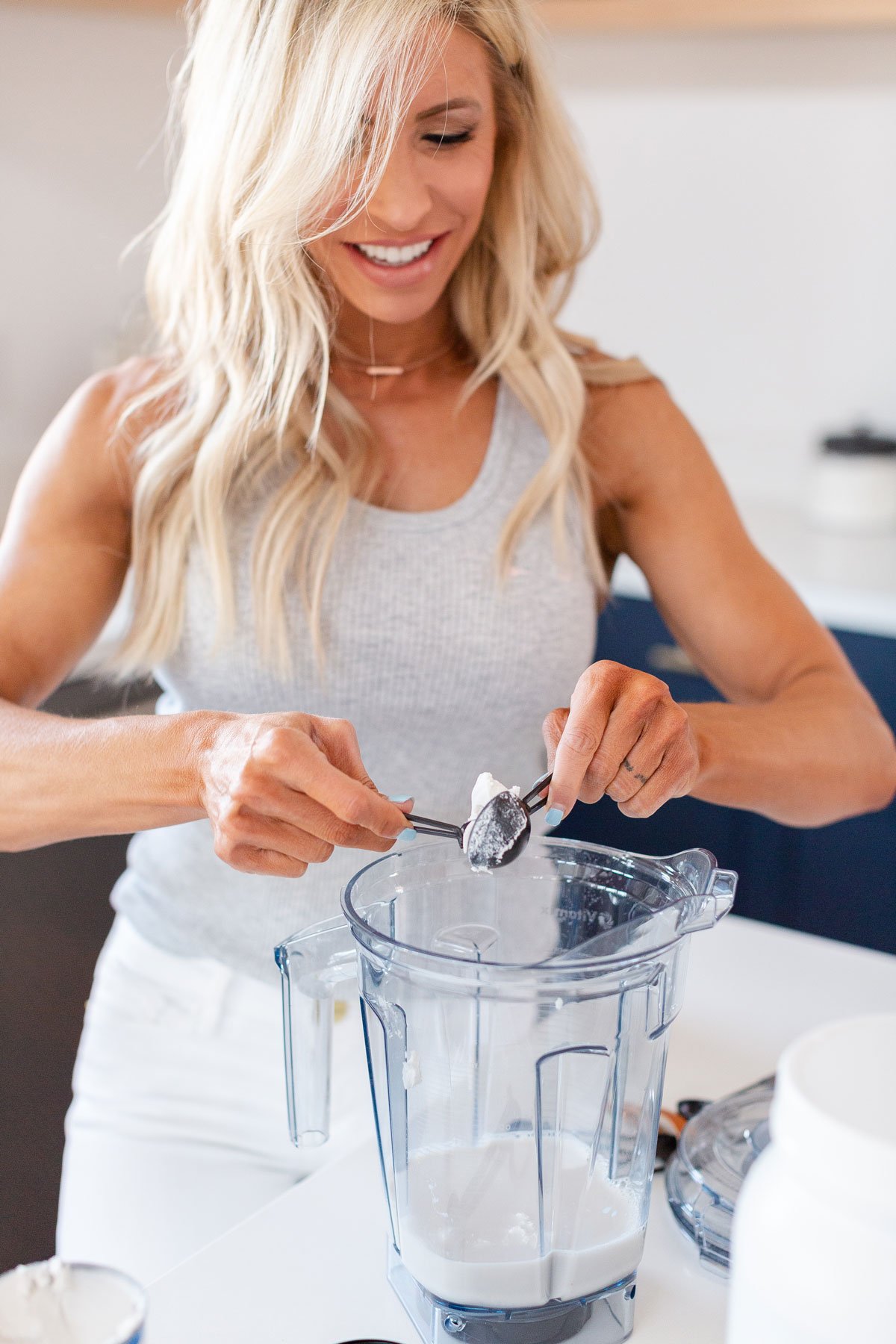

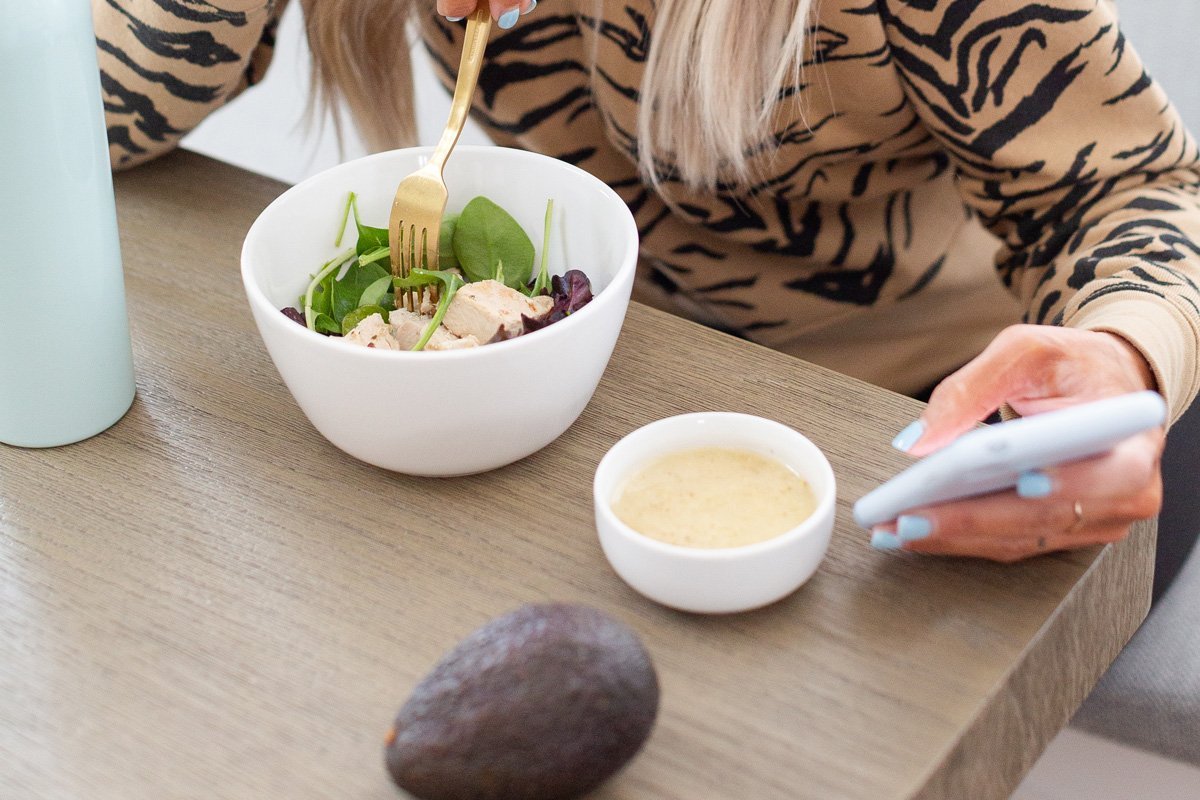

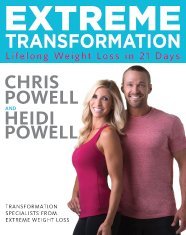


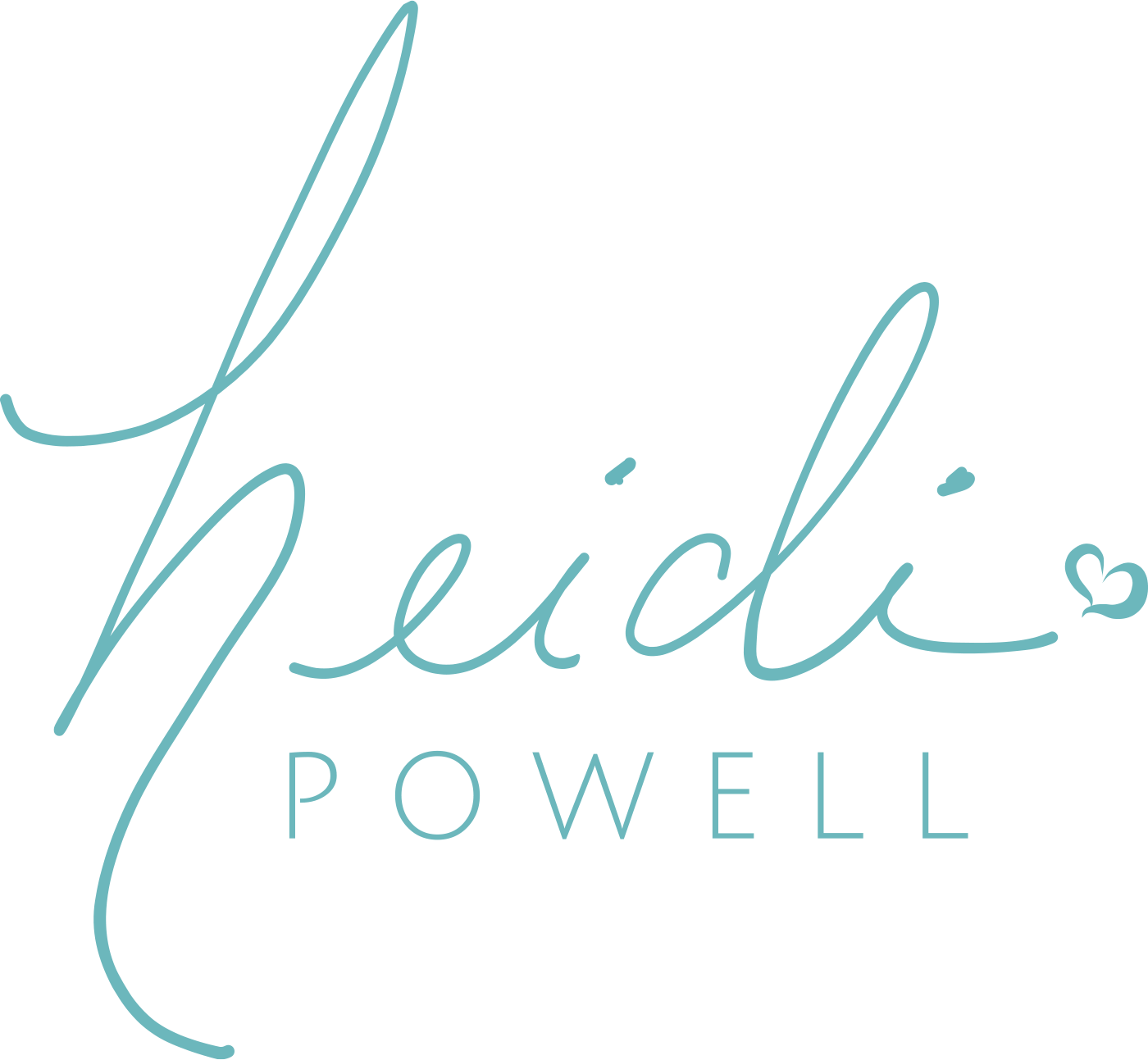
1,394 Responses
Can you incorporate carb cycling if your GF?
I just got the book and am interested in starting the easy plan maybe turbo to ease in to hopefully another one. I’m 55 and need to lose 20#. Cant find the different ways in the book, am I blind!
You and your family are Great!
Hi Chris & Heidi! I was just wondering if it is still possible to do the plan if you don’t eat meat or dairy products? What should I substitute meat for? And how much?
Yes, it is possible. There’s a very lengthy list of foods you can eat (including vegan options) and portion sizes in both books (“Choose to Lose” and “Choose More, Lose More for Life”). 🙂
I have tried many different diets saw a weight loss dr and was put on a very high protein diet. I lost weight but quickly gained more. Nothing seems to work for me. I only need to lose 10-15pounds. Im am a runner and I lift weights. Any advice.
Hi Heidi – I am a huge fan , I wanted to know if carb cycling is something a WLS patient can do that isn’t having success ? I had it for health reasons and I’m not losing weight , I am a type 2 diabetic and also have ms and lupus . Would love any help you all could instill upon me . Thanks and love to # Powellpack
I’d suggest discussing carb cycling (in “Choose More, Lose More for Life”) with your healthcare team to see if any modifications need to be made for your health issues. Best of luck! 🙂
Hallo Heidi, Hallo Chris
I have started to follow your program and I just finished my first 90 days cycle. I am happy with the results and the method and I have decided to continue for one more year in order to be where I want to be.
Thanks.
Greeting from Switzerland.
Andy
Yeah! This is awesome! You got this! 🙂
I have found it very hard to drink a gallon of water and eat so many meals. Im a teacher as my main job and work front desk at 24hr fitness as my 2nd. Im a single mom of three older kids 13, 17, 21. My 13yr old is involved in sports and takes almost any extra time I have. How do I get the meals in and all the water? did I mention if I drink two sips Im off to the bathroom and not realistic for my job. Im probably over weight by 20-30 pounds but that seems to be gradually climbing. Suggestions please…
If you’re having a hard time drinking that much water, cut back some and work up to what you need to drink gradually. Remember the rule of thumb: drink 1/2 your body weight in ounces every day (150 pounds = 75 ounces). Also, if you can, plan your meals ahead and take them with you. For a low carb meal on the go, all you’d need is a protein shake and a serving of nuts. You can add veggies (the non-root/non-starchy type) to every meal too if you want. For a high carb meal on the go, a protein shake and a piece of fruit would work. Hope that helps! You can do this! 🙂
Will this work for type 2 Diabetics? Love your show!
Check out this info on carb cycling and diabetes: https://heidipowell.net/5078/ask-heidi-anything-im-diabetic-which-plan-should-i-follow/.
I work 12 hour night shifts, so I am not sure how the plan would work. Some days I am up at 10 AM or earlier, and don’t get to bed for 24 hours. Some days I am up early and take a nap. Should I still eat within 30 minutes of waking up?
If you can eat within 30 minutes of waking up, that’s best. But do the best you can to eat every 3 hours. Check out this post for more info: https://heidipowell.net/?s=what+if+i+can%27t+eat+every+3+hours.
Thankyou, Thankyou, Thankyou!!! I am so grateful to learn this! I have lost 14 lbs. in 18 days!!!
Hi Heidi, happy Mother’s Day! 🙂
Forgive me for this kind of dumb question, but I’m trying to gradually switch over to carb-cycling & my first step is to follow your rules above (5 meals, b-fast w/in 30 min., every 3 hrs., approved foods, gallon water) once I get that habit down, I’ll choose which llanos is for me. My question is, suppose you have b-fast plans with someone, is it ok to wait to eat, can you have a small pre-breakfast “snack” so that you’ve eaten within 30 mins of waking, or do you recommend getting up early enough that you eat at home within 30 minutes and your plans are 3 hours later? I frequently have breakfast meetings at work & am not sure how to handle this rule. Thank you, you and your husband are pretty terrific! 🙂